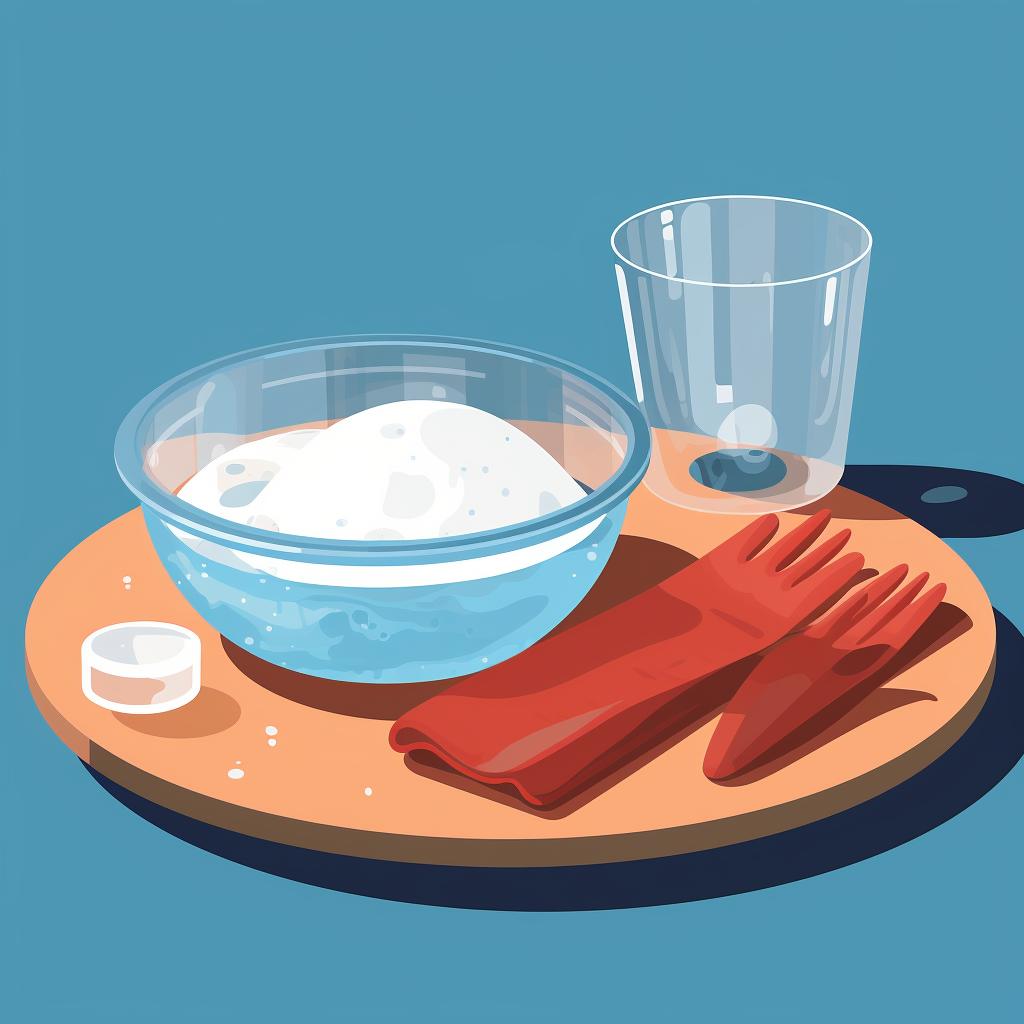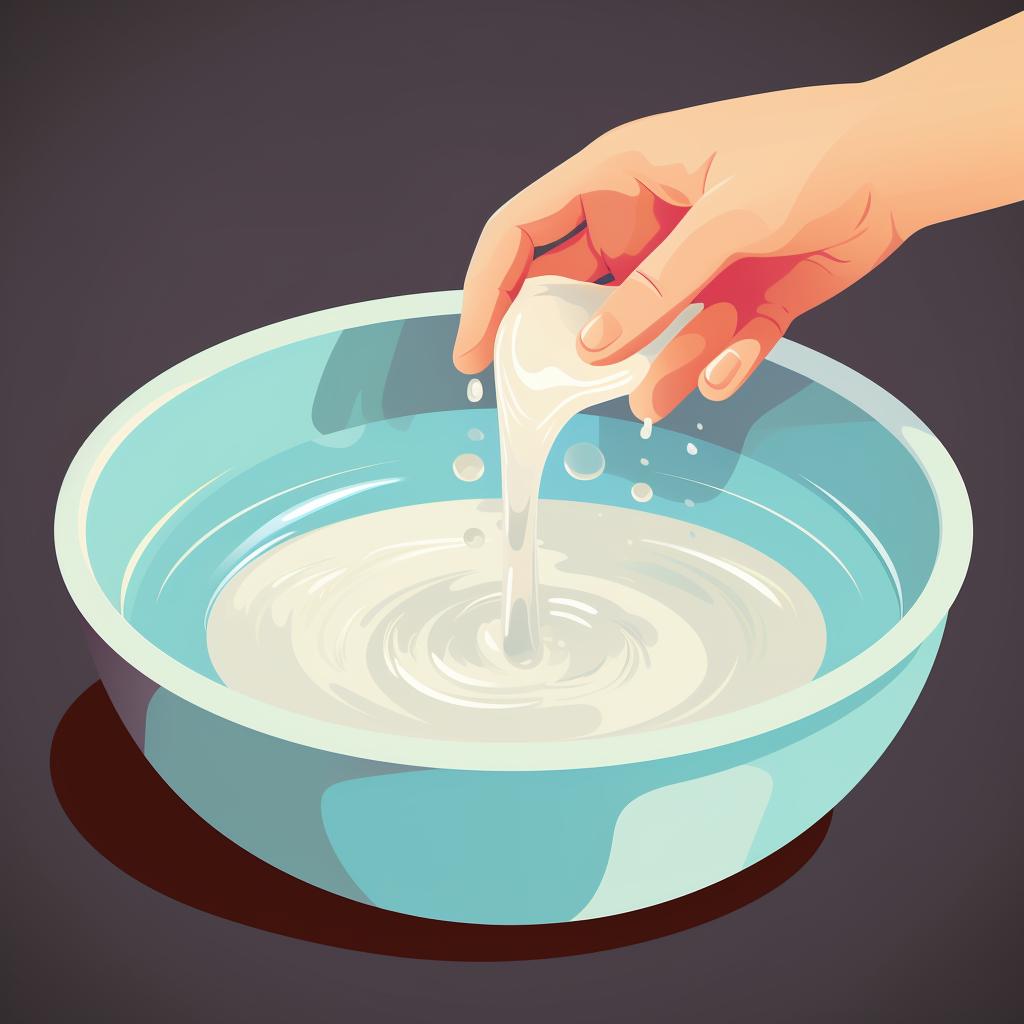Performing the Dry Ice Bubble Experiment 🧪
Discover the captivating world of dry ice with our step-by-step guide to performing the dry ice bubble experiment. This interactive, educational activity is not only fun but also provides a unique opportunity to learn about the fascinating properties of dry ice.
Before you get started, it's important to understand the science behind the experiment. When dry ice is added to warm water, it rapidly sublimates, transforming from a solid state to a gas. This gas, trapped within a soapy water film, forms a bubble that fills with fog, creating a spectacular visual effect when it bursts. For more information on the chemical reaction that takes place, check out our article on what happens when dry ice is placed in water.
Remember, safety is paramount when handling dry ice. Always use gloves and protective goggles, and never touch dry ice directly. For more safety tips, visit our FAQ on handling dry ice safely.
If you're interested in other fun and educational activities with dry ice, our article on dry ice experiments for kids offers a plethora of ideas. From creating a homemade comet to building a dry ice-powered rocket, these activities are sure to spark curiosity and foster a love for science.
For those interested in exploring beyond experiments, dry ice has numerous practical applications too. It's used in everything from preserving food to creating theatrical fog effects. Learn more about the unique uses of dry ice in everyday life.
Whether you're a teacher looking for a captivating classroom experiment, a parent seeking a fun and educational activity for your children, or a science enthusiast wanting to learn more about the fascinating world of dry ice, our guide to the dry ice bubble experiment is a great place to start. Enjoy the experiment and happy exploring!














